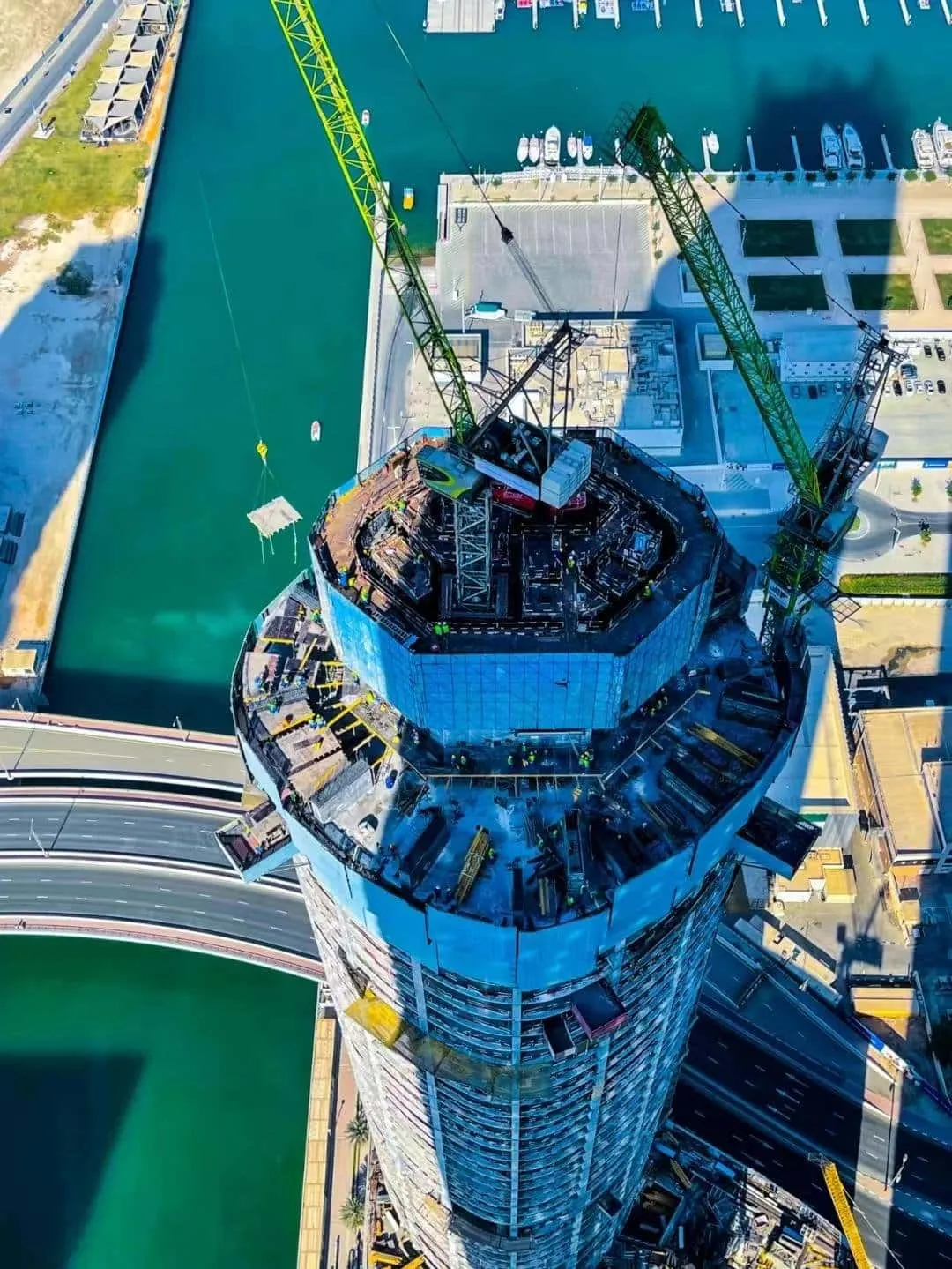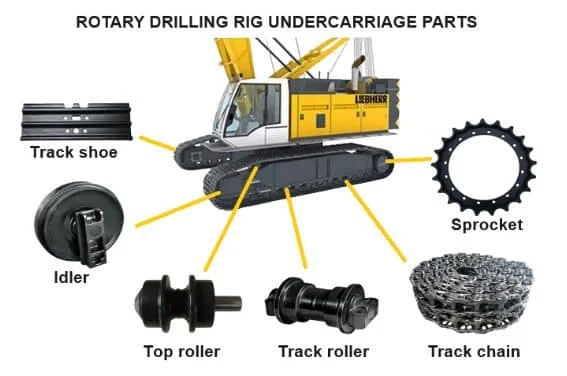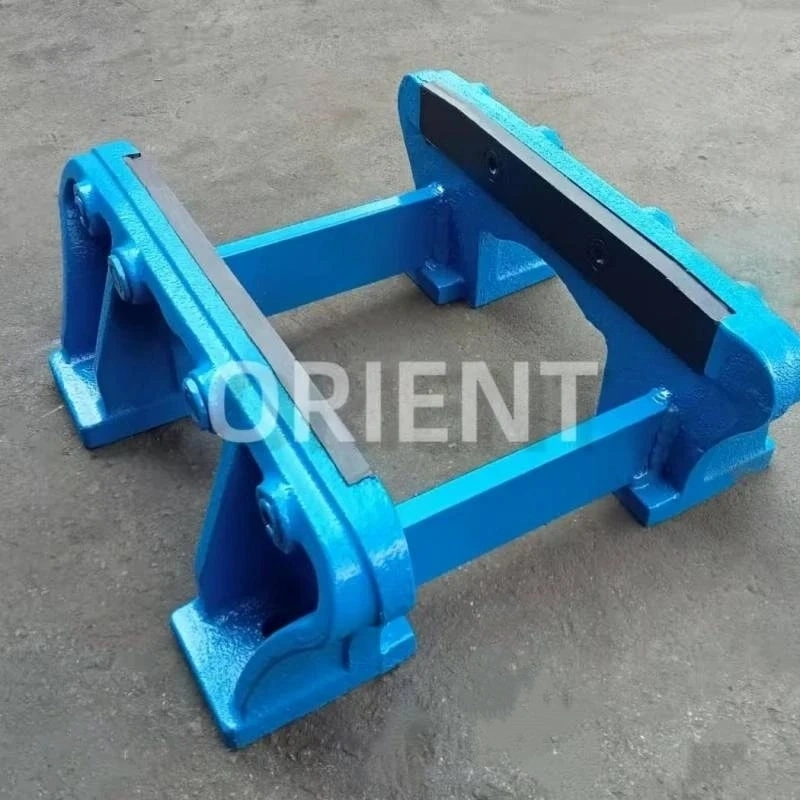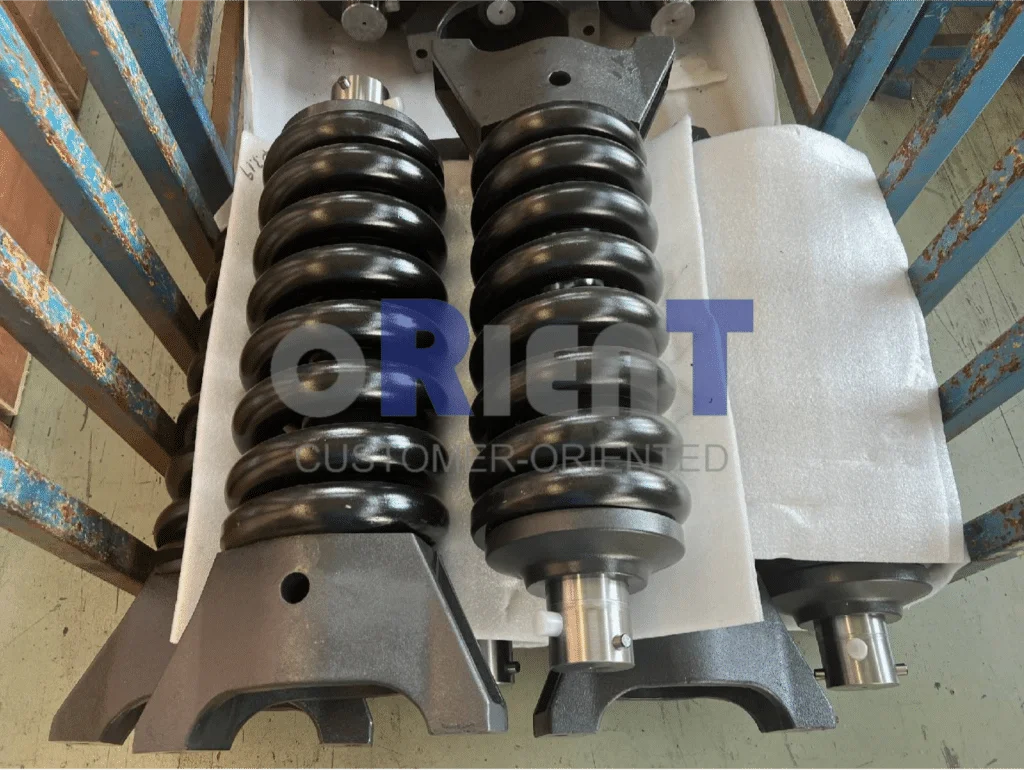4 Scrapping Precautions of Drilling Rig Wire Rope
4 Scrapping Precautions of Drilling Rig Wire Rope. How to determine if your mechanical steel wire rope is scrapped and needs to be replaced?
1. The connection end of the wire rope of the rotary drilling rig and the elevator is often immersed in mud, which is very easy to cause corrosion. So the fastening of the wire rope clamp and the wire breakage at the end of the wire rope should be checked frequently. If there is obvious wire breakage near the end of the elevator. The short wire can be partially cut off and then connected with the elevator again. However, the total length of the wire rope must be guaranteed during the cutting process. And meet the requirements for minimum number of coils on the winding drum.
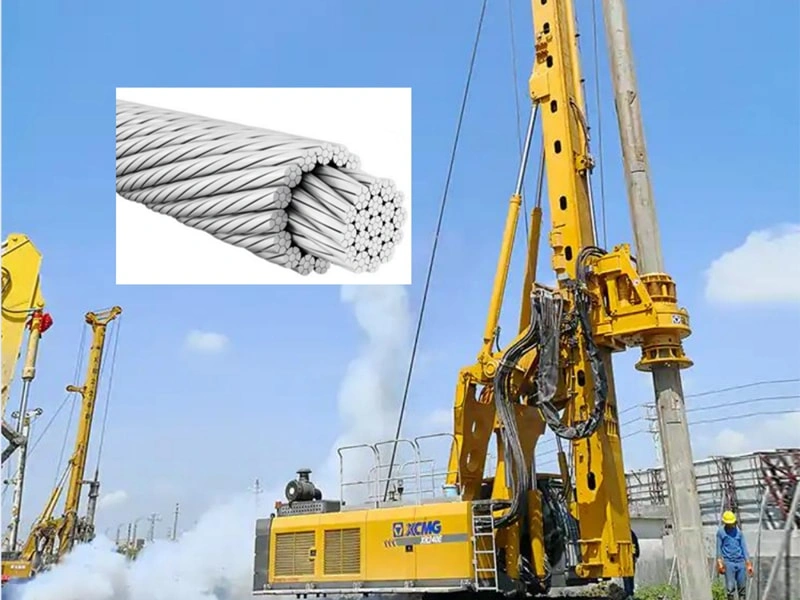
2. When the drum of rotary drilling rig winds the wire rope, friction and wear are easy to occur at the layer change position. Especially when the first layer is full and jumps to the second layer. The wire ropes rub against each other very seriously, which is easy to cause wire breakage and crack. If the broken wire rope meets the scrapping requirements, it should be scrapped immediately.
3. When winding the drum, the static steel wire rope may be broken, deformed, rope strand extrusion or steel wire extrusion due to the extrusion of the moving wire rope. Once the local diameter of the wire rope increases or decreases. Part of it is flattened and so on, the wire rope should be scrapped immediately.
4. When the diameter of the wire rope wears more than 10%. It should be scrapped immediately. In addition, for all scrap wire ropes. The inspector should analyze the damage and scrap causes so that the newly replaced wire ropes avoid similar damage.








